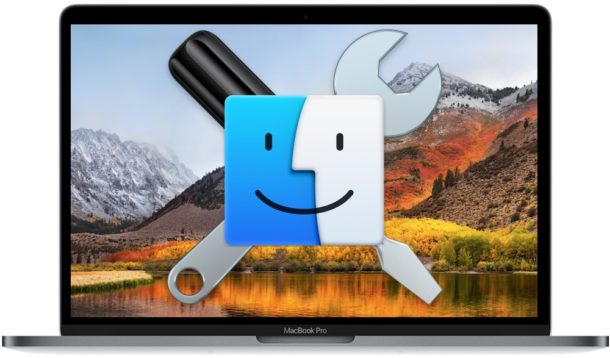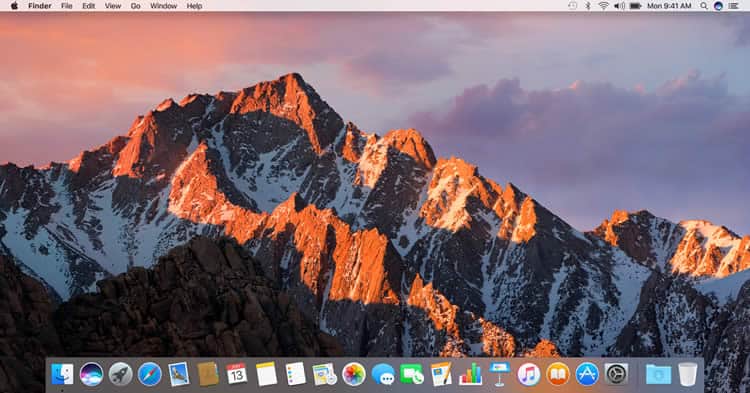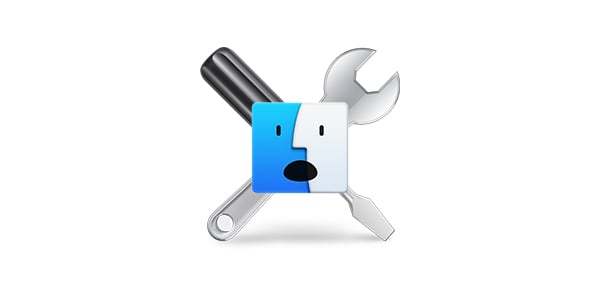

- #Word not working on mac os sierra install
- #Word not working on mac os sierra upgrade
- #Word not working on mac os sierra portable
- #Word not working on mac os sierra software
- #Word not working on mac os sierra password
#Word not working on mac os sierra upgrade
In some cases, you won’t be able to upgrade because Apple has dropped support for your older Mac. Start by checking to see if your Mac is actually compatible with a newer version of the OS. This error message is an oldie, but could be seen by someone upgrading from OS X Yosemite and earlier to OS X El Capitan or later.
#Word not working on mac os sierra install
You should now be able to continue the recovery process and reinstall the operating system.Ĭomputer is Incompatible with the Operating System You Are Attempting to Install If you connect by Wi-Fi, make sure it’s selected, and then supply the password.
#Word not working on mac os sierra password
If you don’t automatically connect to your network, you’ll be asked to either supply the Wi-Fi password or select another method of connecting to your network. Restart your Mac while holding down the Command + R keys to enter recovery. The fix is to make sure you’re connected to your Ethernet network, or have your Wi-Fi password on hand. Instead of telling you your Wi-Fi or Ethernet network isn’t working, the installer displays the above message.
#Word not working on mac os sierra software
The usual cause is a simple one your Mac isn’t connected to your local network and the Recovery process is trying to access Apple’s servers to download the software needed for installation.

It’s at this point that the Could Not Find error message is displayed.

If the installer has a problem, you may find yourself forced to reboot and use the Recovery Partition or the Internet Recovery System built into your Mac. Normally, when you perform a clean install and erase the startup drive, you do so while running the macOS installer from another boot drive, perhaps a USB flash drive that you have cloned the installer to. You may run across this error message when you’re performing a clean install of the Mac OS and have erased the startup drive. Try using Disk Utility’s First Aid capabilities to test and repair your disk, as outlined in First Aid: Verify and Repair HFS+, APFS Drives with Disk Utility.Ĭould Not Find Installation Information for This Machine Other possible causes include a damaged boot drive. This is a good reason to download the official copy from the Mac App Store or join the free public beta program if you want to try out a new version of the Mac OS early. The error message seems to occur most often when the Mac installer is downloaded from a third-party site. It may seem odd but the usual cause is a corrupt installer, and simply deleting the installer app and downloading a new copy will likely fix the issue. This message usually shows up as a sheet that drops down from the macOS or OS X installer shortly after you start the install process. With the backup recommendation out of the way, let’s get started with the error messages.Ĭould Not Write Installation Information to Disk
#Word not working on mac os sierra portable
You can find a large number of external enclosures, drives, and SSDs, as well as a portable and easily-carried-with-you Envoy Pro EX high-performance USB 3 or Thunderbolt bus-powered SSD storage. If you don’t have a backup system in place, I highly recommend investing in one before you install a new version of macOS. Having a Time Machine backup or a clone of your current system can be a lifesaver. Some of the installation issues we’re going to mention can cause loss of data. Installation Issues Commonly Seen with macOSīefore we get too far along, I want to point out the obvious: don’t install a new version of the Mac operating system without having a current backup. With any luck, you may be able to either correct the issue, allowing you to finish the installation, or prevent the problem from occurring in the first place. In this guide, we will look at some of the installation problems that tend to occur with new releases of the Mac operating system.


 0 kommentar(er)
0 kommentar(er)
